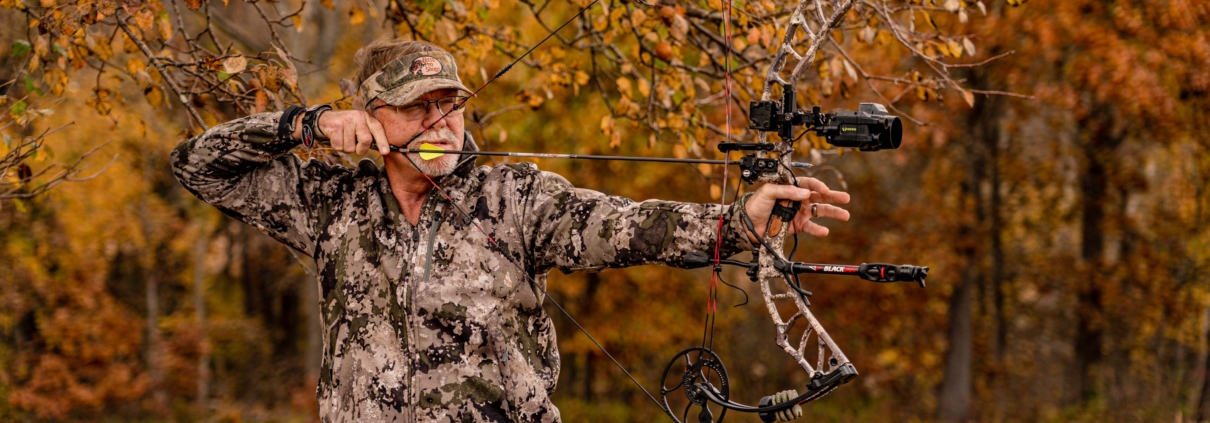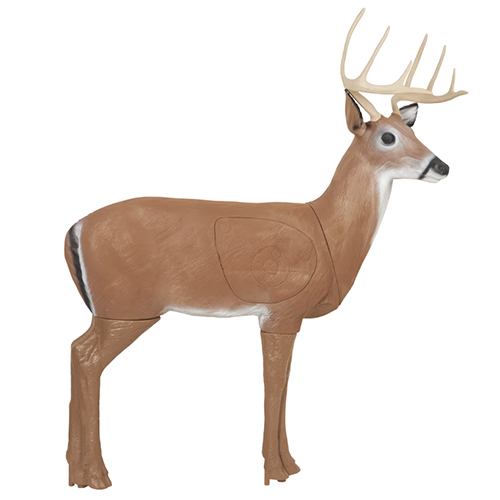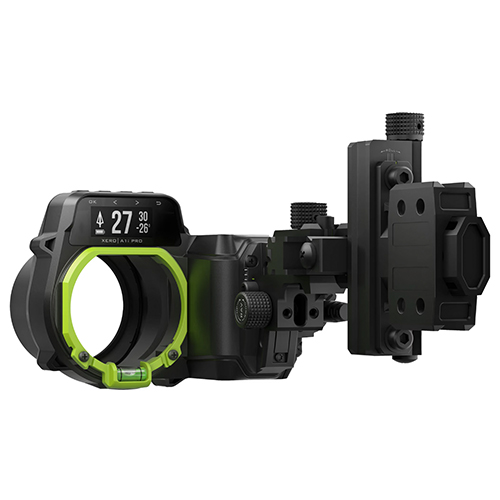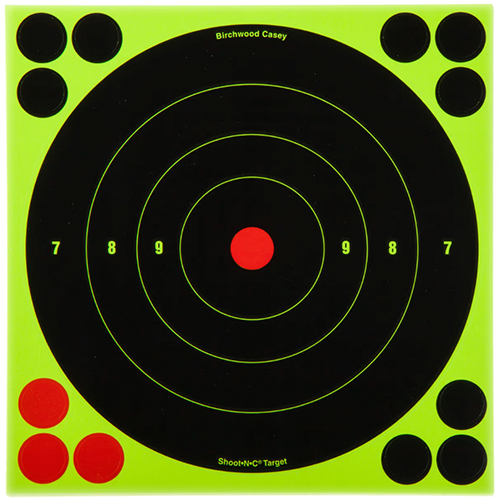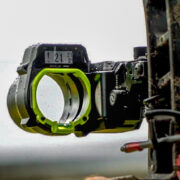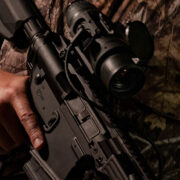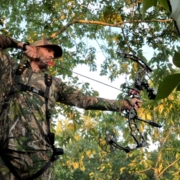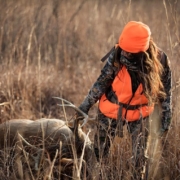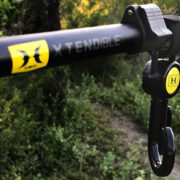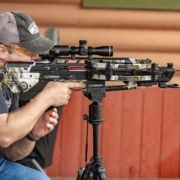Shot Placement and Tips For Hunting
By Wade Middleton
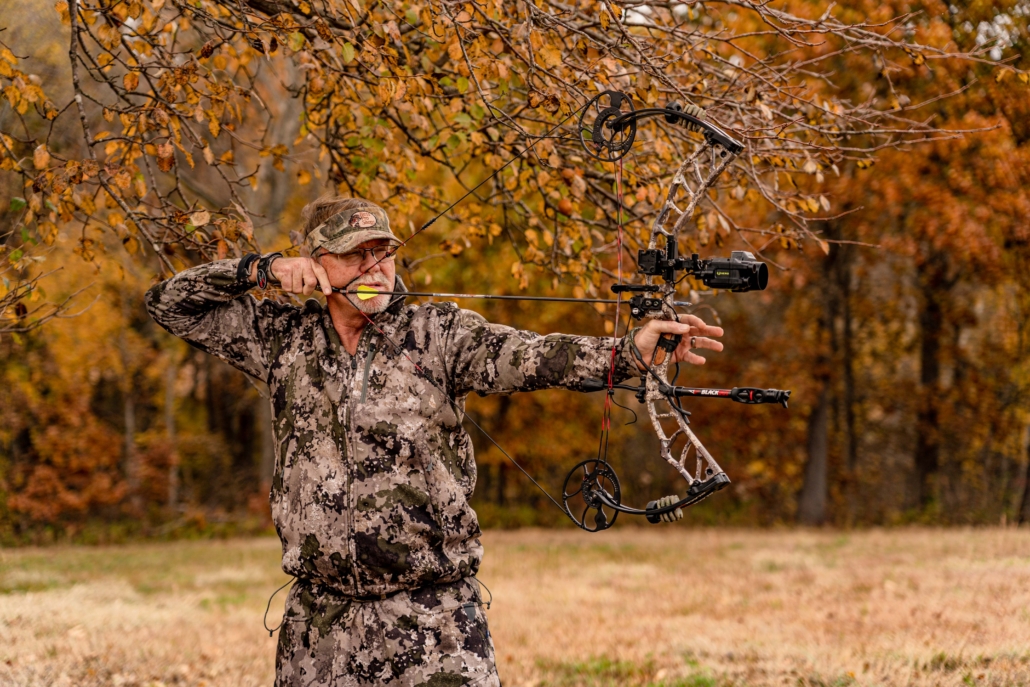
Effective shot placement is a critical skill for any hunter, whether you’re using a bow, crossbow, handgun or rifle. To achieve the accuracy needed for a clean and ethical kill, practice is essential. However, it’s not just about practicing in ideal conditions—realistic practice, mimicking the exact scenarios you’ll face in the field, is what truly makes the difference. This article explores the importance of practice, shot placement strategies, and tips to prepare for the moment of truth.
Practicing for Real-World Conditions
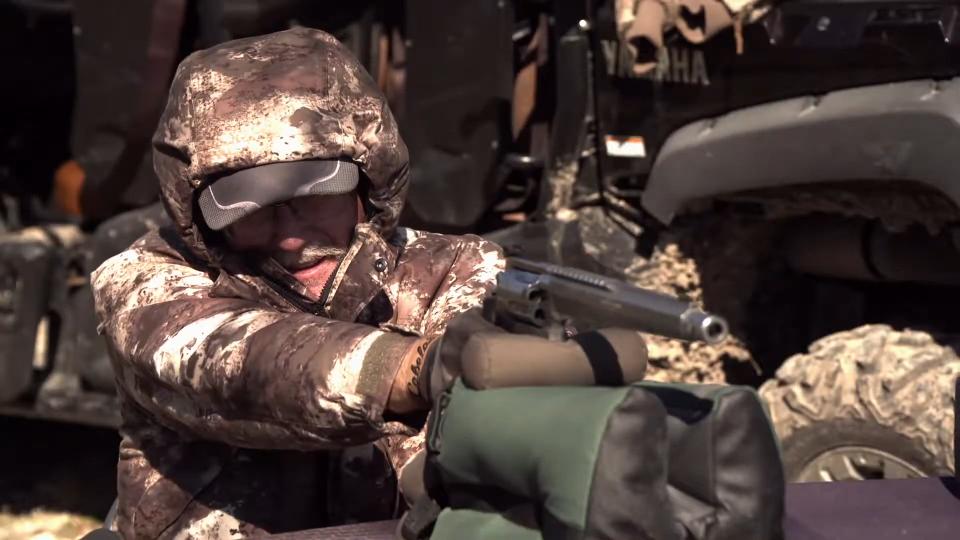
Realistic Practice Sessions
When preparing for a hunt, it’s vital to practice in conditions that closely resemble the actual hunting environment. This means:
Practice with Hunting Gear: Wear the same clothing, including gloves, that you plan to hunt in, even if it’s warm outside. This ensures you’re comfortable and familiar with how your gear affects your movement and shooting.
Use the Exact Setup: Whether it’s your bow, crossbow, or rifle, practice with the exact setup you’ll use in the field. This includes sights, rests, and any accessories like shooting sticks.
Simulate Hunting Scenarios: Practice shooting from different positions, such as from your knees or using shooting sticks. This helps you prepare for the variety of situations you may encounter while hunting. It’s also beneficial to practice shooting from elevated positions or unusual angles, as you would when hunting from a tree stand or a challenging terrain. My back yard archery range has chairs to sit in that are same as what I often hunt from as well as a tripod to practice shooting from above. I also often shoot at various times of the day so I’m used to low light and bright light situations as well prior to bow season.
Shot Placement for First-Time Hunters
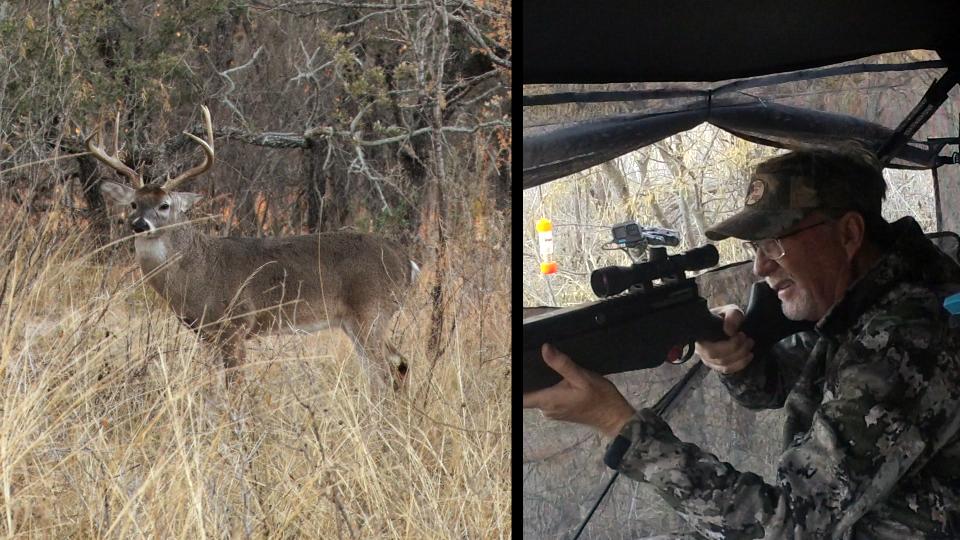
The Broadside Shot
For first-time hunters, whether they’re 8 years old or 40, the broadside shot is the most effective and ethical choice. Here’s why:
Larger Target Area: The broadside shot offers the largest and most vital target area, making it easier to ensure a clean kill. This is particularly important for beginners, who may be dealing with high nerves, increased heart rate, and heavy breathing.
Positive First Experience: Ensuring that the first hunting experience is successful and positive is crucial. A broadside shot reduces the likelihood of wounding an animal and needing to track it, which can be discouraging for new hunters.
As hunters gain experience, they can begin to explore more challenging shots, but starting with broadside shots builds confidence and improves overall hunting success.
Advanced Practice Techniques
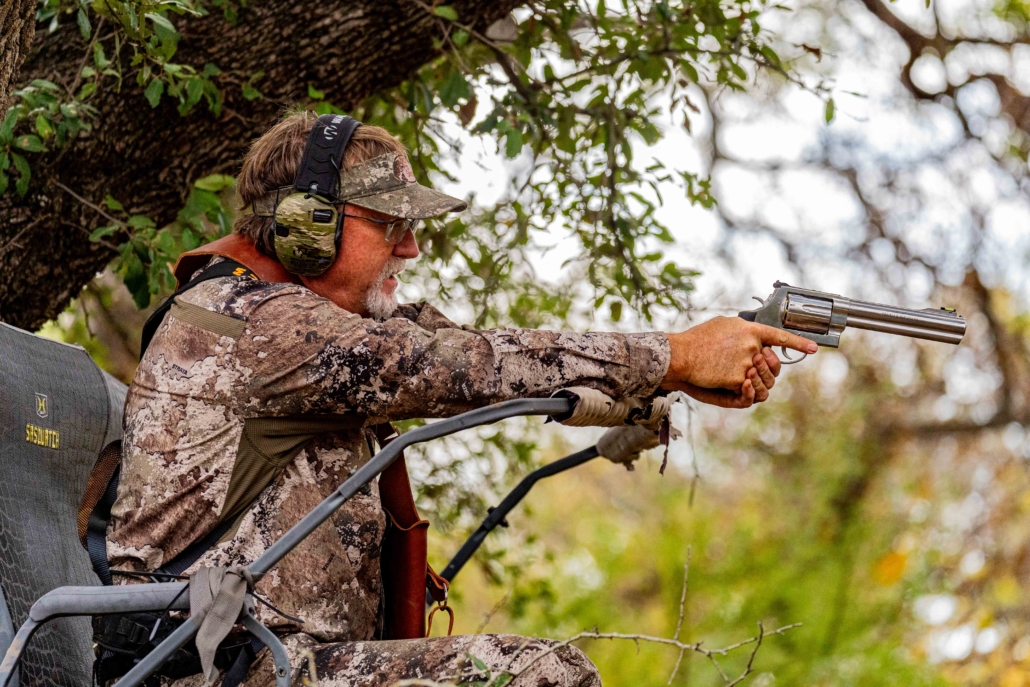
Evolving Your Practice Routine
As hunters progress and gain more experience, their practice routines should evolve:
Varying Angles and Distances: Instead of always practicing at standard distances, try shooting at random distances, like 26 yards instead of 20 or 30. Adjust the angle of your target to simulate quartering-away or quartering-toward shots, which require a different approach to shot placement.
Unconventional Positions: Practice shooting from different positions and environments. For instance, you might shoot from atop an ice chest or while climbing a ladder stand. These exercises help you adapt to the unpredictable nature of real hunting situations.
Challenging Yourself: As you age or as your physical condition changes, it’s essential to continue practicing and challenging yourself. Even after 40 plus years of hunting, the thrill of the hunt and the pounding heart when spotting a deer never fade. Continuous practice, especially as you age, ensures that you maintain your skills and continue to enjoy hunting for years to come while also understanding your limitations.
The Moment of Truth: Making the Shot
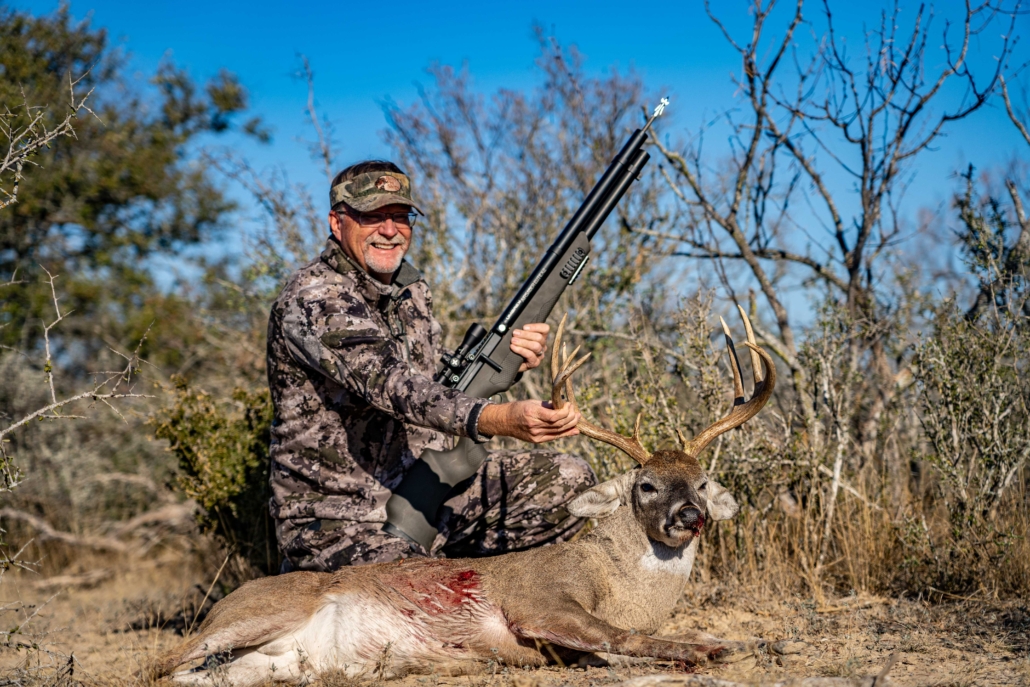
Dealing with Buck Fever
No matter how experienced you are, the moment when a deer comes into sight is always exhilarating. Your heart pounds, and adrenaline surges. Here’s how practice pays off in these moments:
Focus on Broadside Shots: When that critical moment arrives, aiming for a broadside shot maximizes your chances of a successful kill. Even as an experienced hunter, sticking to this fundamental shot placement strategy increases your odds of success.
Trust Your Preparation: Remember that all the hours spent practicing, especially under realistic conditions, have prepared you for this moment. Trust your instincts, your training, and your equipment.
Lastly it’s ok to not take a shot and wait for another opportunity instead of rushing and taking a shot at a bad angle or at a distance you don’t feel comfortable at.
The key to successful hunting lies in preparation and practice. By practicing in real-world conditions, focusing on shot placement, and continuously challenging yourself, you can ensure that you’re ready when the moment of truth arrives. Whether you’re a first-time hunter or a seasoned veteran, the thrill of the hunt and the satisfaction of a well-placed shot is a reward in itself. So, gear up, practice diligently, and embrace the excitement that comes with each hunting season.

